There can be your advertisement
300x150
Saving or Self-Deception? Let's See Where You Can and Cannot Save on Renovation
We tell you how to save on renovation but make it comfortable
Renovation is an expensive matter, and the desire to save money is completely understandable. But where is the line beyond which saving becomes unreasonable frugality or even a dangerous gamble? Let's find out where you can really save and where it's better not to take risks.
Project and Planning: The Foundation of a Successful Renovation
Many people think they can save money by doing without the services of a designer and detailed planning. But is this really true? Experience shows that the lack of a clear plan often leads to mistakes and rework, which in the end increases costs. A professional designer can suggest optimal solutions that will save money in the long run.
However, if your budget is really tight, you can take a different approach. Spend time on detailed self-planning. Use free online programs to create a 3D model of the space. Consult with experienced friends or professionals on forums. The most important thing is not to neglect this stage, because a well-thought-out plan is already half the success.

Design: Alexandra Zhuravleva
Basic Materials: Not the Field to Risk
When it comes to basic construction materials, saving can backfire and lead to serious problems in the future. Cement and floor screed mixes, electrical wiring materials, plumbing pipes and fittings, waterproofing materials — these are areas where quality must come first.
Why is this so important? Poor-quality basic materials can lead to safety issues such as short circuits or leaks. And fixing the consequences of using poor-quality materials will cost more than the initial "savings".
But this doesn't mean you have to overpay blindly. Compare prices in different stores and construction markets. If there is space to store, buy in bulk. Keep an eye out for seasonal sales and promotions. The key is not to sacrifice quality for a low price.

Design: Alexandra Chernyshova
Finishing Materials: A Field for Creativity and Saving
When it comes to finishing, there is indeed room to be creative and save money. For example, vinyl wallpapers in the medium price range often don't fall short in quality compared to more expensive options. Mid-range laminate is durable enough for most living spaces. And affordable ceramic tiles, when chosen correctly, can look just as good as expensive porcelain.
However, there are moments where you shouldn't save at all. For example, on wall paint. Cheap paint may require more coats and frequent updates. Also, be cautious when choosing flooring in high-traffic areas.
Want to save really without compromising quality? Try unconventional solutions. Use decorative plaster instead of expensive wallpapers. Combine expensive and budget tiles to create interesting accents. Or consider alternative materials: for example, cork flooring can be an excellent substitute for parquet.
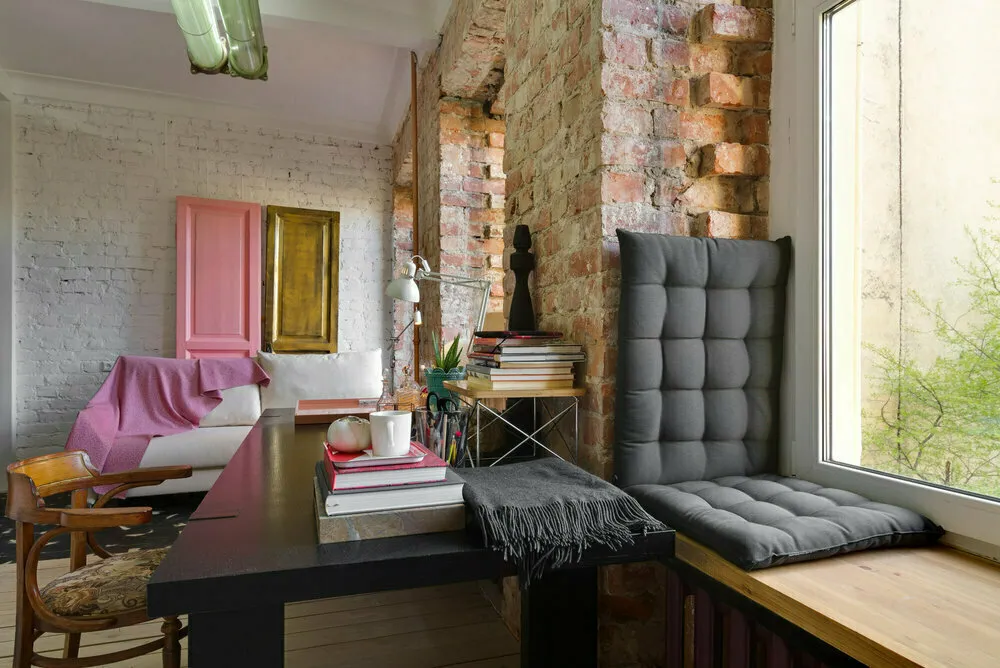
Design: Alexander Arnholdt
Furniture and Plumbing: Update or Restore?
Often, during renovation, you want to completely update the interior. But is it always justified? Restoring old, solid furniture is often not only cheaper but also more environmentally friendly than buying new. Replacing cabinet doors can completely transform a kitchen without the need to buy a new set.
As for plumbing, you should be careful here. The quality of mixers and shower systems is something where it's better not to cut corners. Cheap analogs often fail quickly, leading to additional expenses in the end. But this doesn't mean you should buy the most expensive options. Keep an eye on sales, especially when stores liquidate last year's collections.
But a creative approach can significantly save on the budget. For example, you can buy a basic kitchen in a low-cost store and enhance it with designer handles and stylish countertops. Or look for quality plumbing on sale in online stores. Don't rule out consignment shops or online second-hand platforms — sometimes you can find real treasures there.
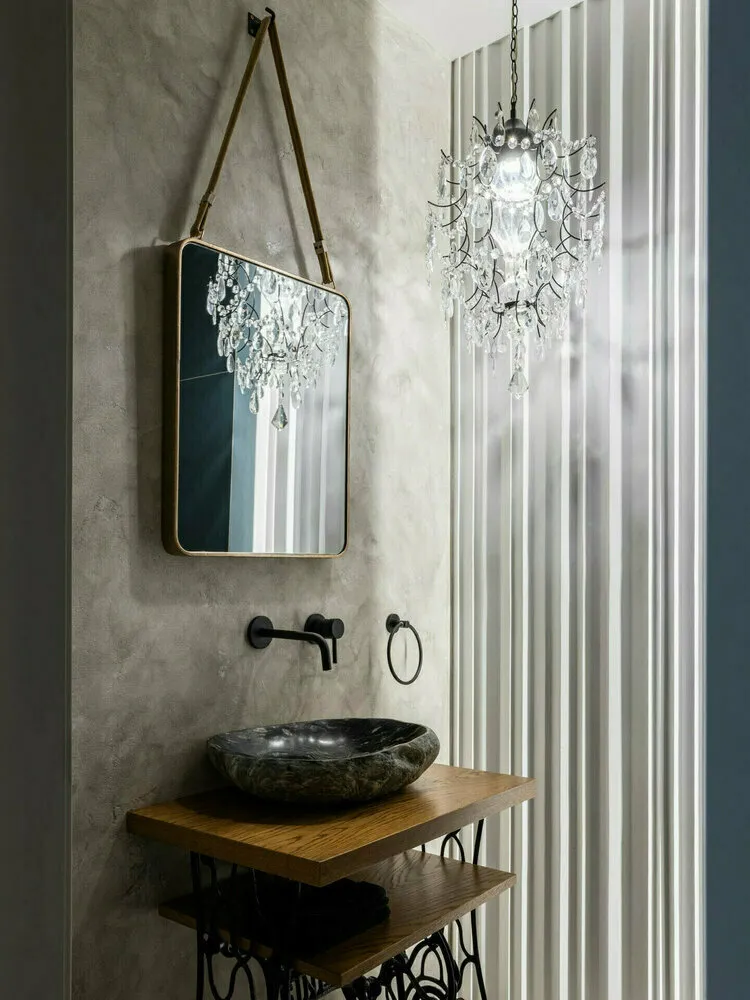
Design: Studio A+B
Work: The Golden Mean Between "Do It Yourself" and "Trust Professionals"
The desire to save money on labor is understandable, but not always justified. There are tasks you can do yourself: demolition, painting walls and ceilings, hanging wallpaper, laying laminate or linoleum. But there are areas where it's better not to risk: electrical and plumbing work, especially related to water supply and drainage, leveling walls and ceilings, laying tiles (if you have no experience).
A reasonable approach is the golden mean. Do simple tasks yourself, and hire professionals for complex ones. If you decide to do something yourself, definitely study the technology through educational videos and articles. Don't hesitate to involve friends or relatives with renovation experience — sometimes their advice can be priceless.

Design: PRSPKT_Architects
Technology and Innovation: A Look to the Future
Modern technologies in renovation can seem expensive, but often they pay off in the long run. Smart home systems, energy-efficient windows, LED lighting, and quality ventilation systems — all of these can significantly reduce utility bills and improve the quality of life.
But there is also room for reasonable savings here. You don't have to buy the most expensive and feature-rich systems. Choose basic models of "smart" devices instead of premium ones. Some systems can be installed yourself by following the manufacturer's instructions.
Remember that investments in energy-efficient technologies pay off through reduced utility bills. And quality ventilation prevents mold growth and the need for additional repairs in the future.
Eco-Friendliness: A Trend That Saves Not Only Nature But Also Your Wallet
An eco-friendly approach to renovation might seem expensive at first, but it often leads to savings in the long run. Using natural materials like wood or stone can increase renovation costs, but such surfaces last longer and don't require frequent replacement. Paints without volatile organic compounds are more expensive but safer for health and don't need frequent updates.
How to save ecologically? Choose multifunctional furniture to reduce the number of items. Use recycled materials: for example, recycled glass for countertops. Prefer local manufacturers to reduce shipping costs.

Design: Fatima Berezova
Conclusion: Saving Should Be Smart
Renovation is always a compromise between desires and possibilities. The main rule of reasonable saving is to think ahead. What seems profitable today might lead to additional expenses tomorrow.
Don't cut corners on safety and quality of basic materials. Look for creative solutions to save on decorative elements. Evaluate your capabilities realistically: sometimes independence costs more than professional services. And always keep the long-term perspective in mind: some "expensive" solutions can save money in the future.
Renovation is not just about money but also about creating a comfortable living space. Sometimes it's worth spending more on what is truly important to you and finding ways to save on less significant aspects. Approach renovation mindfully, plan carefully, and then you will be able to create your dream space without going bankrupt. In the end, true savings are when you're satisfied with the result and don't have to redo the renovation in a few years.
Cover: Design Project by Diana Kalinkina
More articles:
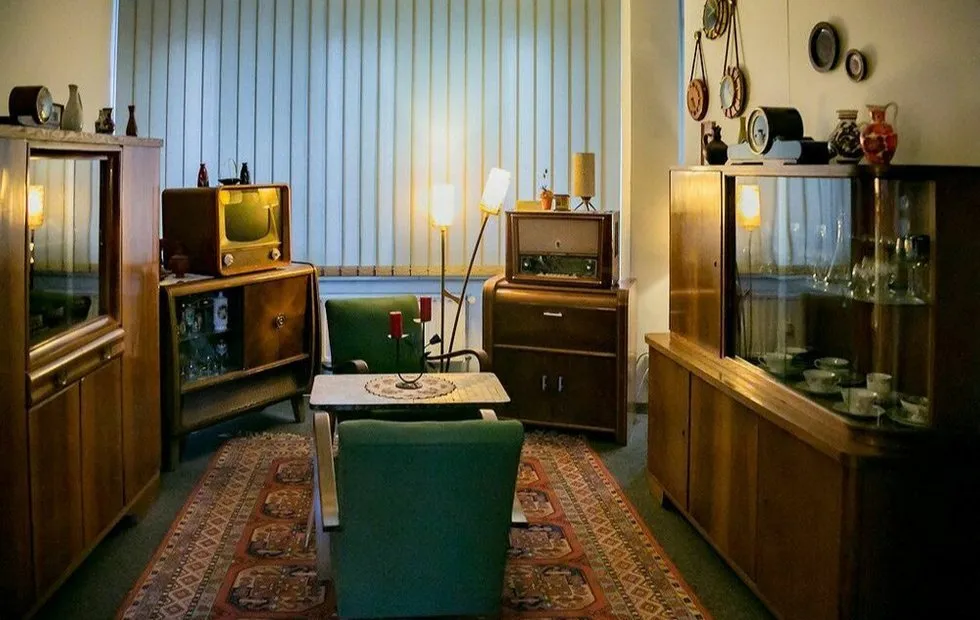 Nostalgia Soviet-Style: What Was in Our Grandmothers' Apartments and Why It Was Cool
Nostalgia Soviet-Style: What Was in Our Grandmothers' Apartments and Why It Was Cool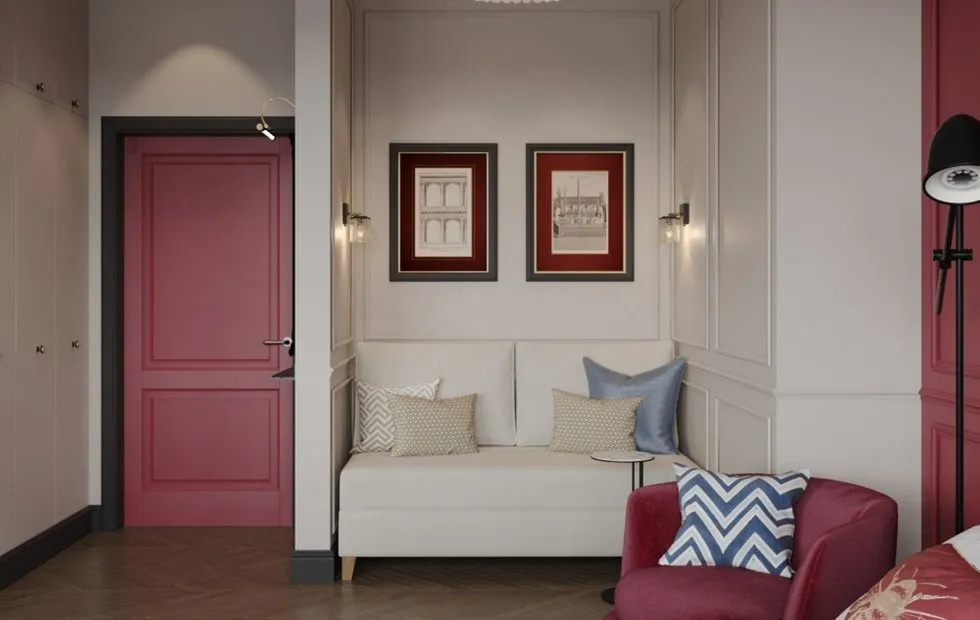 How to Maximize Space in a Small Apartment: Square Meters of Happiness
How to Maximize Space in a Small Apartment: Square Meters of Happiness Beautifully Transformed Standard New Building 63 m² Without Major Renovation
Beautifully Transformed Standard New Building 63 m² Without Major Renovation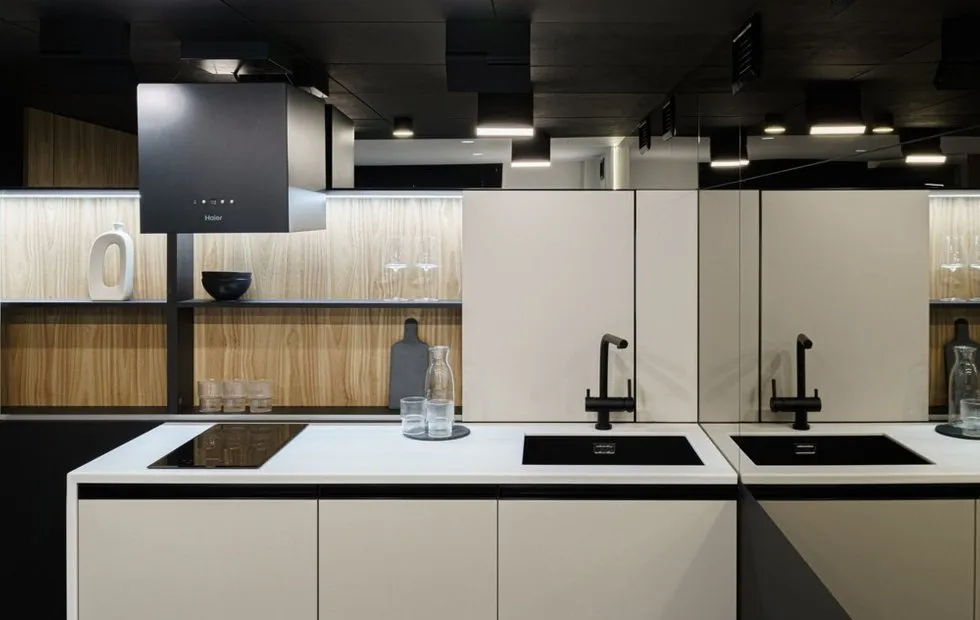 Micro-kitchen: how to fit the impossible in six square meters
Micro-kitchen: how to fit the impossible in six square meters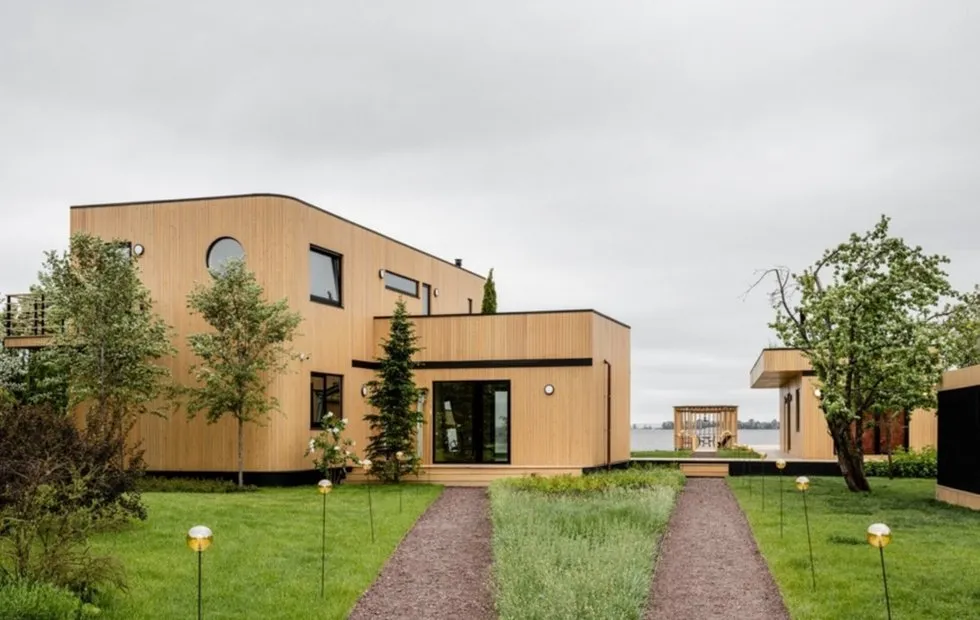 9 Main Trends in Country House Design 2024-2025
9 Main Trends in Country House Design 2024-2025 Stylish 4 sqm bathroom with the atmosphere of a real greenhouse
Stylish 4 sqm bathroom with the atmosphere of a real greenhouse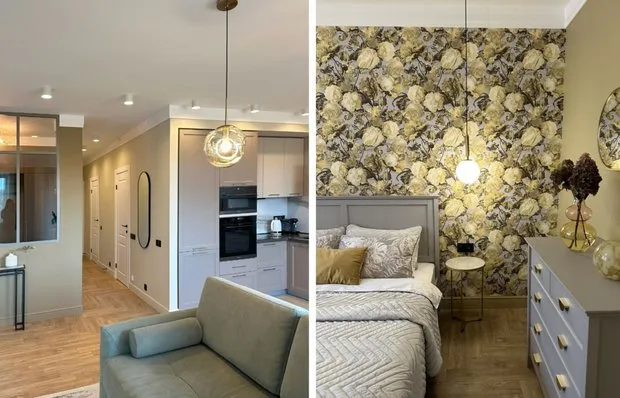 A Gift for Mom: Cozy Euro-Style Apartment 77 m² Designed by Her Daughter
A Gift for Mom: Cozy Euro-Style Apartment 77 m² Designed by Her Daughter Indoor Plants: How to Turn Your Apartment into an Oasis Without Much Effort
Indoor Plants: How to Turn Your Apartment into an Oasis Without Much Effort